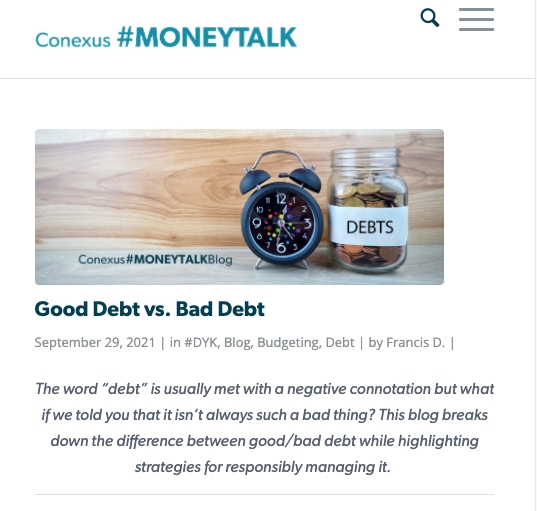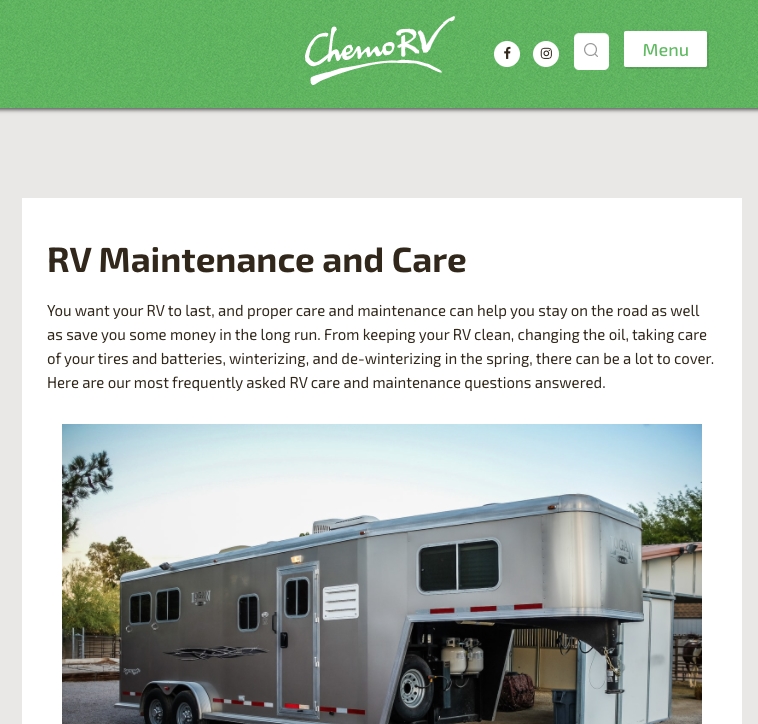By Jessica Bickford, Writer at Phoenix Group
Blog on blog action
So, it’s come to this. Blogging about blogging on the Phoenix blog. You knew it had to happen and so did we. Blogs aren’t dead, they just aren’t always the diary-style entries you may associate with the term. Now many businesses have their own blogs and if they’re being used right, those blogs are helping that business meet marketing campaign goals and generate clicks, views, loyalty, and even profits.
Put simply, a blog is just self-published content, usually mainly text, that is informational in nature. You learn something by reading a blog, just like you’re going to here today. Yay learning!
Content is still king
Here comes the big “C” word – content. No matter how long you’ve been in the advertising game, or even just the owning a business game, you know how important content can be, and honestly, I think it just becomes more important each year. Unique content. Relatable content. Shareable content. You need great content! And what’s one way to provide that unique, relatable, sharable, great content? With blog posts.
Blog posts are just one form of content that you can use to get people’s attention, and, if you’re doing it right, help you meet larger business or campaign goals or support campaigns along the way. So, here’s the top five ways blogging can help.
#5 Make an offer
This one is similar to a later one (solving the problem) but is a more direct sales tactic where instead of giving away the solution, you offer to solve it for them, or give them more ways to build rapport with you. The trick with making an offer is that you have to actually give them some valuable content they have enjoyed or found useful first, so this is not a stand-alone tactic for blogging, but more like an add-on.
Your offer can be an email sign up, links to further content (maybe even requiring their email for access), free offers, discounts, or whatever it is you want to put out there. Always make sure you can meet the demand if there is going to be pick-up on something like a free offer or discount, but those can be great rewards for someone who read to the bottom, or who is interested but not completely sold yet.
With more content you can build more trust, expertise, clicks, time on site, sign ups, form fills, or whatever it is you want to measure. If you can keep someone’s attention, they will be more and more willing to continue giving you their time or go even further with their information or a sale. For some, a coupon code at the bottom of a blog piece will be all they need, but for others, maybe they’ll be five contact points deep in your email automation before they decide they actually like you. Figure out what content your audience is enjoying, and then what offers will appeal to them.
#4 Promote sharing
Remarkable content will be, well, remarked upon. If you’re producing something useful or entertaining, and you’ve drawn some people to it, they will share it if they like it, especially if it is niche or topical. My group chat is always rife with article links, Reddit posts, Twitter threads, and yes, blog posts. One of the love languages of the internet age is “I read this, and I thought of you.”
Promoting sharing can help with the heavy lifting of getting your content seen, because it’s no longer just your SEO or ad dollars that driving the eyeballs to your blog, but real human people. And really, truly, there is nothing better for your brand and your marketing goals than real human people sharing your blog or your product or your service in a favourable light. I’m sure we’ll talk about reviews and testimonials in a future blog (adds this to future topics list), but there is nothing like actual human to human referral whether that’s through word of mouth, testimonials, or simply sharing a link to your content.
#3 Solve a problem
If you can solve a customer or client’s problem, you get a minimum +1 to your loyalty points. Providing actionable insights and information, or even step by step instructions can definitely bring business your way. You can either simply make yourself the expert and build trust with your audience, or you can work in your paid service or solution for them to buy so you can solve their problems instead.
Not everyone has a DIY kind of spirit, so many just don’t want to tackle things they’re unfamiliar with or unskilled at all on their own. They want at minimum, expert guidance. From the business side, this can really feel like you’re giving away all your secrets, but what you’re really doing is building trust and that expert status. Plus, if you do solve their initial problem, you’ve now proven your status and people are more likely to trust your paid work lives up to the promise.

Conexus uses their #MoneyTalk blog to solve problems and answer questions about finances. As a credit union, they want their members to be financially literate and take any opportunity to help them learn something new, whether that’s quick savings tips, dealing with debt, or the basics of credit cards. Sometimes these blogs link out to their own tools to help solve a reader’s problem such as in The Real Cost of Carrying a Balance on a Credit Card which links to the debt repayment calculator we built together along with Oh! Media.
It’s a straight-forward, plain-language blog meant for anyone who was never taught about good credit card use (which I think is most of us, really) with a link out to a straight-forward, plain-language tool that quickly and easily illustrates how credit card debt can quickly get out of hand. It educates and can help connect the dots for people about credit card debt to help them solve that problem or set realistic goals.
#2 Search optimization
You need to be findable. These days if you’re on page 2 of Google, you might as well not exist, which makes SEO pretty vital to your business and your marketing efforts. Blog pieces can enhance your search visibility and make what you offer more findable with an injection of that sweet, sweet Google Juice. (Shout out to Kevin Hayes, our former Director of Strategic Business Innovation for introducing Google Juice into my vocabulary.)
Research before a purchase or investment is also the norm now. I’m sure that like me, you’ve literally stood in an aisle in the store with your phone in your hand reading reviews to make a product choice. But it’s not just reviews that are helpful for search (though they’re also great). If you use your blog to position your brand as the expert, having all the answers, people will find it.
If you’re blogging about your product or service, you’ll likely naturally hit on a lot of common search terms, but it’s worth doing a bit of research in advance to see what people are searching for, and tailor your blog to those terms.

For example, in this RV Maintenance and Care blog from Chemo RV, we specifically set out to hit top searches with an FAQ style guide that answers questions about the most common RV maintenance issues. We enhanced this seemingly simple little FAQ blog by using Google’s structured data to shoot for a rich FAQ search result. This was a very thought-out piece that not only answers some big questions for their customers but may also help them find new ones through search.
#1 Enhance brand image
Brand is all about how you look from the outside, and what better way to enhance that by sharing more about the inner workings of your product or what you do. Through voice, tone, style, images, and what you choose to share, you can help to create brand affinity and loyalty. Your customers or clients will be more open to what you’re offering because they’ve seen more about what you can do, and you helped them to learn something they wanted to know in a way they wanted to learn it.
Maybe your customers are super technical, and so is what you offer, so speak to them in a way they will relate to and share technical info like product inner workings or deep dives. Or maybe you offer a service, so your business is all about who you are, in which case it becomes really important to communicate in a way that is true to you and perhaps sharing more personal stories on your blog will hit the right note.
This is one of the things that we’re doing with this Phoenix Group blog. We have a lot of knowledge in our team, and by openly sharing that knowledge in ways that other marketing professionals and businesses can relate to, we are enhancing our brand image.




